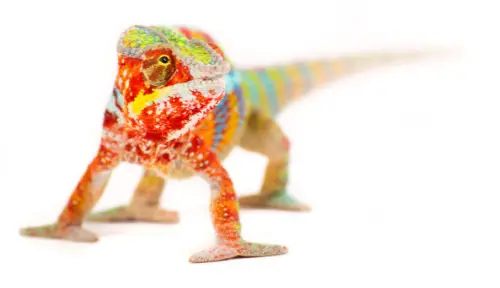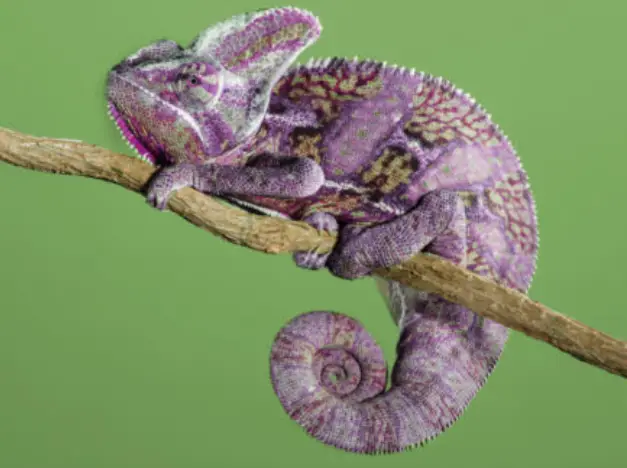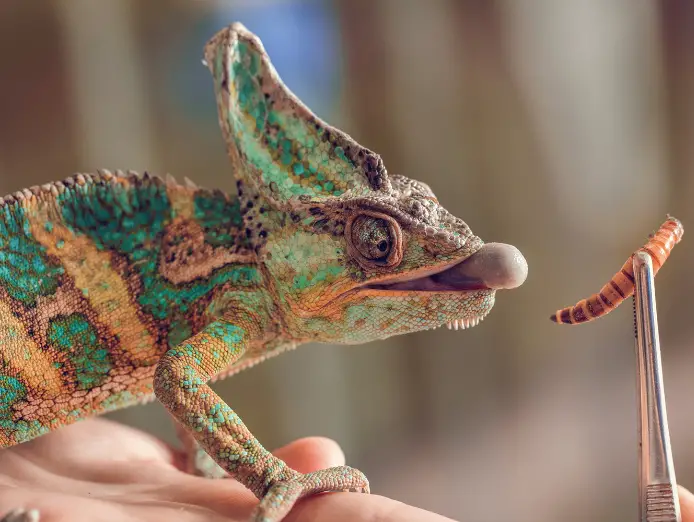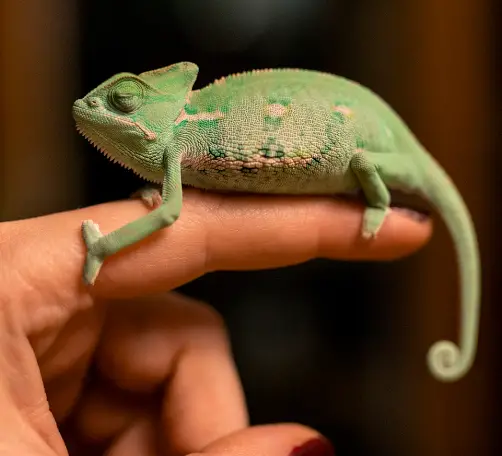Chameleons are fascinating reptiles that are well-known for their ability to change color. They also have unique physical characteristics that make them stand out from other reptiles. One question that often arises among reptile enthusiasts is whether chameleons have teeth. In this article, we’ll explore the question of whether chameleons have teeth, their dental structure, and what they use their teeth for.
Do Chameleons Have Teeth?
Yes, chameleons do have teeth. However, their teeth are not like the teeth of mammals. Instead, they have small, needle-like teeth that are attached to the jaws. These teeth are known as acrodont teeth.
Acrodont teeth are not as prominent as other types of teeth. That is because they are not embedded in sockets like mammalian teeth. Instead, they are attached to the top of the jawbone. This means that if a chameleon loses a tooth, it will not grow a new one to replace it.
What is the Dental Structure of Chameleons?
Chameleons have a unique dental structure that sets them apart from other reptiles. Their teeth are arranged in rows along the jaws, and the dental structure is specialized to allow for the rapid capture and consumption of prey.
The dental structure of chameleons is designed to grip and hold prey items securely while the chameleon chews and swallows them. The teeth are sharp and pointed and, though small, are highly effective in grasping and holding onto prey.
Additionally, chameleons have a muscular tongue that can extend up to twice the length of their body. The tongue is used in catching prey, and its tip is covered in a sticky substance that can easily trap small insects.
What Do Chameleons Use Their Teeth for?
Chameleons use their teeth for several functions, including biting and tearing apart prey, holding onto prey items while feeding, and for self-defense.
Their acrodont teeth are highly specialized and effective, allowing them to easily catch and eat prey. However, they generally only use their teeth to break down insects and other small prey rather than large prey items.
Additionally, chameleons use their teeth to defend themselves from predators. If threatened, they can use their teeth to bite and inflict harm on an attacker.
What Happens if a Chameleon Loses a Tooth?
If a chameleon loses a tooth, it will not grow another one to replace it. This is because acrodont teeth are not embedded in sockets like other types of teeth. Therefore, chameleons cannot regenerate lost teeth.
A lost tooth can affect a chameleon’s ability to catch and hold onto prey, but it is not detrimental to their overall health.
Can Chameleons Get Dental Problems?
Chameleons are susceptible to dental problems, just like other animals. One common dental problem that affects chameleons is mouth rot, also known as stomatitis.
Mouth rot is a bacterial infection that affects the mouth and can cause painful ulcers and swelling. If left untreated, it can lead to a loss of appetite and even death.
Other dental problems that can affect chameleons include fractured teeth and gum disease. It is essential to monitor your chameleon’s dental health regularly and seek veterinary care if they display any signs of dental problems.
Conclusion
In conclusion, chameleons do have teeth, but they are different from mammalian teeth. Their teeth are small, needle-like structures that are attached to the top of the jawbone. They are highly specialized and effective, allowing chameleons to catch and hold onto prey items.
It is essential to monitor your chameleon’s dental health regularly and seek veterinary care if they display any signs of dental problems. With proper care, your chameleon’s teeth should remain in good condition, allowing it to thrive in its environment.







